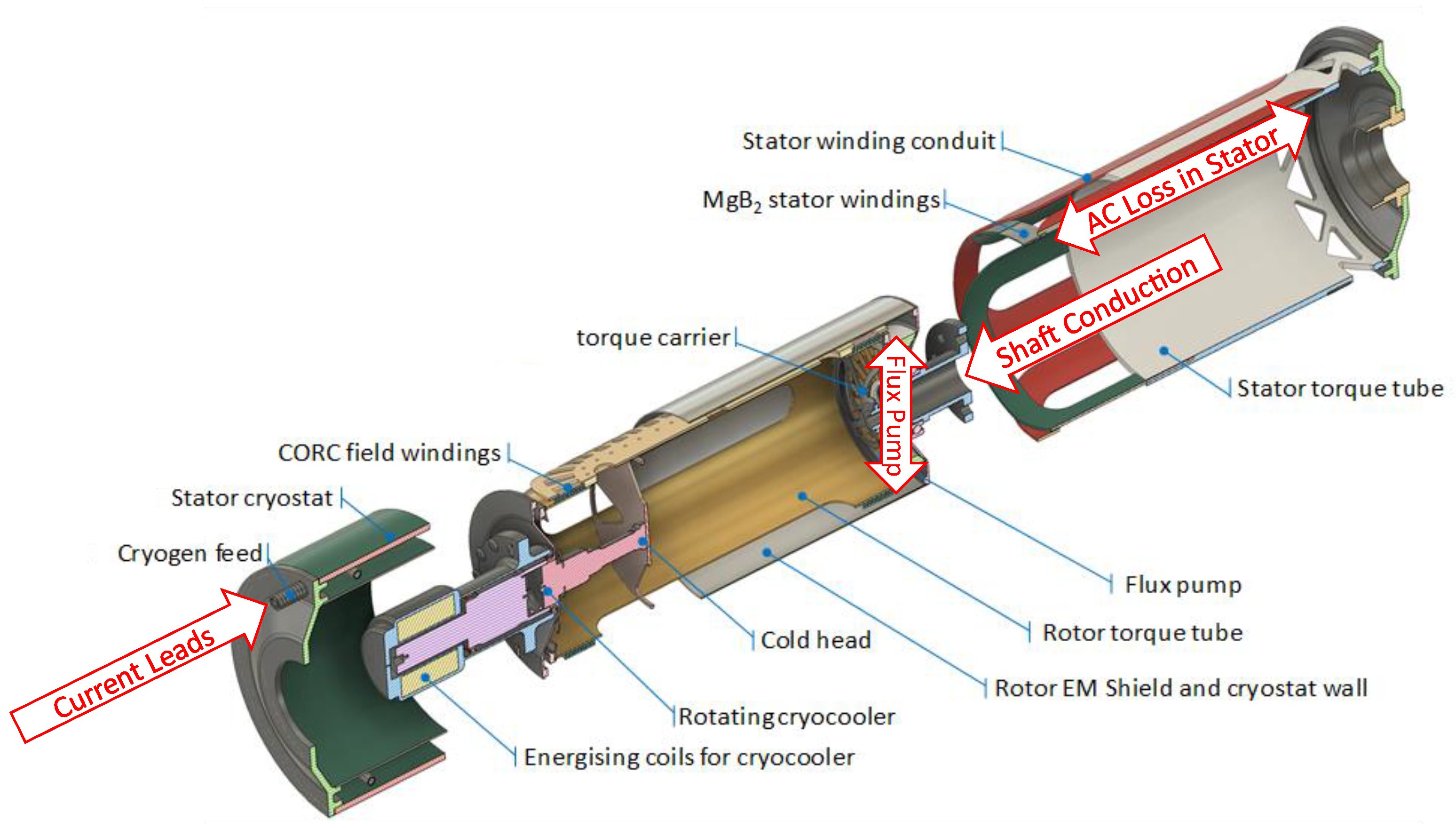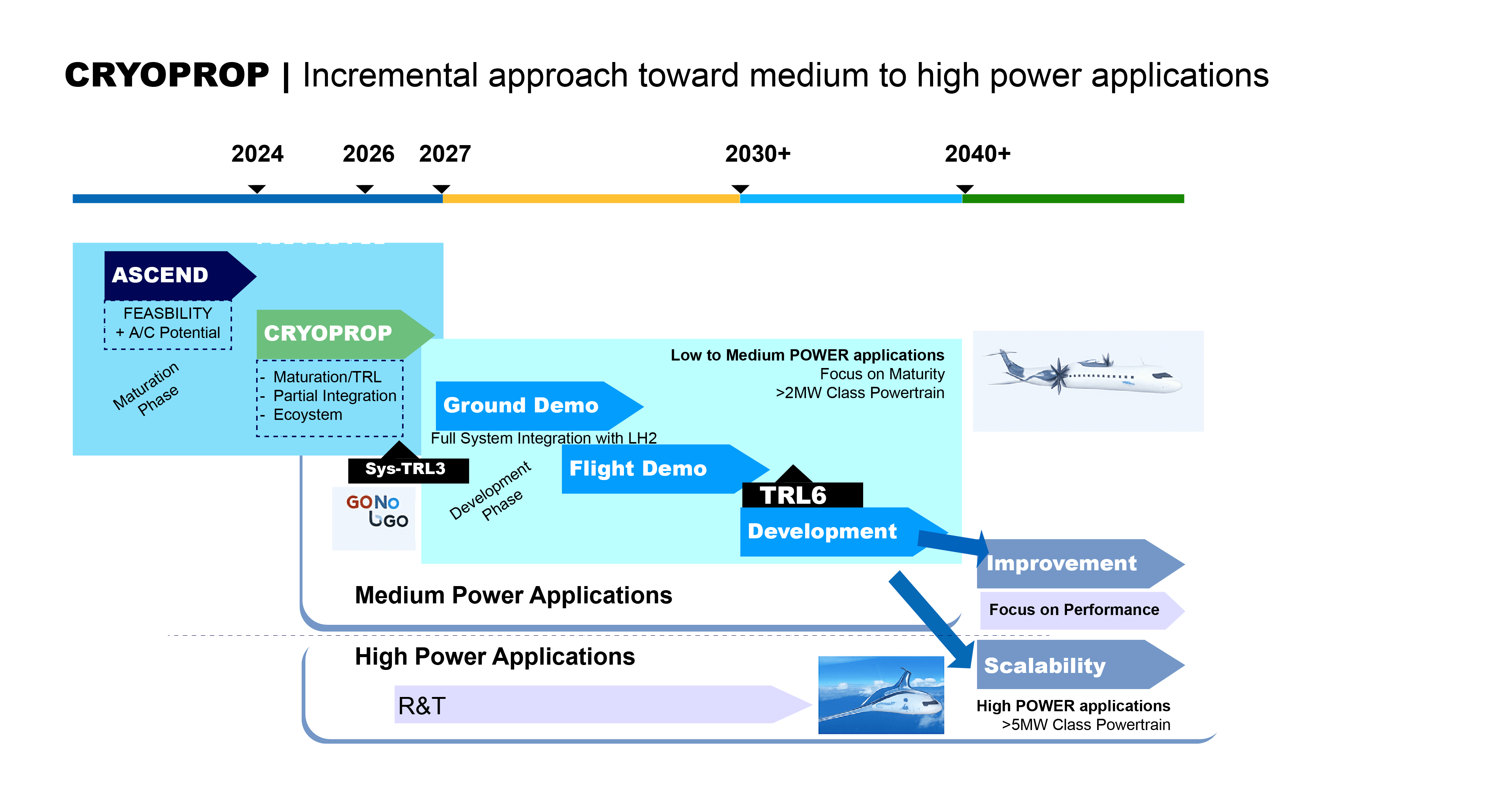Imagine a world where trains levitate, medical diagnoses are more precise, and computers operate at unprecedented speeds. This isn't a scene from a sci-fi movie; it's the real-world application of superconductivity. Defined as the property of zero electrical resistance in certain materials at very low temperatures, superconductivity is not just a fascinating scientific phenomenon; it's a gateway to revolutionary advancements
Understanding Superconductivity: Superconductivity was first discovered in 1911 by Heike Kamerlingh Onnes, who observed that mercury lost all electrical resistance at temperatures nearing absolute zero (-273.15°C). This discovery was not just a mere scientific curiosity; it opened the door to a world of possibilities. At its core, superconductivity allows for the free and efficient flow of electricity, which can lead to powerful technological innovations.
Current Applications:
- Maglev Trains: Perhaps the most visually stunning application of superconductivity is in Maglev (magnetic levitation) trains. These trains, such as the Shanghai Maglev, utilize superconducting magnets to float above the tracks, eliminating friction and allowing for incredibly high speeds with minimal noise and vibration.
Electromagnets: Superconductors are used to create powerful electromagnets in Maglev trains. These magnets are positioned on the trains and the tracks.
Levitation and Propulsion: The superconducting magnets on the train interact with the ones on the tracks, creating a strong magnetic field. This interaction results in the levitation of the train above the track, significantly reducing friction.
Energy Efficiency: With zero electrical resistance, these superconducting magnets can maintain their magnetic field without additional energy input, making the system highly energy-efficient. - MRI Scanners: In the medical field, superconductivity plays a crucial role in Magnetic Resonance Imaging (MRI). Superconducting magnets are used to create a strong, stable magnetic field, which is essential for the high-resolution images that MRI scanners produce, aiding in accurate diagnoses.
Stable Magnetic Fields: In MRI machines, superconductors are used to create a consistent and strong magnetic field. This field is necessary for the alignment of hydrogen atoms in the body, which are then detected to create detailed images.
Coils and Cooling: The superconducting material, often niobium-titanium or niobium-tin, is cooled to cryogenic temperatures using liquid helium. This cooling transforms the material into a superconducting state, allowing it to produce a continuous magnetic field without energy loss. - Fusion Reactors: The quest for sustainable, clean energy has led to the exploration of nuclear fusion. Superconducting magnets are critical in this endeavor, as they confine and control the plasma needed for fusion reactions, as seen in projects like ITER.
Magnetic Confinement: In fusion reactors like ITER, superconductors are crucial for creating the magnetic fields required to confine and control the high-temperature plasma, where the fusion reaction occurs.
Toroidal and Poloidal Magnets: The superconductors are used in toroidal field coils and poloidal field coils, which help to maintain the stability and shape of the plasma. - Quantum Computing: The realm of computing is undergoing a transformation with the advent of quantum computers. Superconductors are key in this development, as they allow for the creation of qubits, the fundamental units of quantum computers, enabling them to perform complex calculations at speeds unattainable by traditional computers.
Qubits: Superconductors are used to create qubits, which are the basic units of quantum information in quantum computers.
Josephson Junctions: They often utilize Josephson junctions, which are made from two superconducting materials separated by a thin insulator. These junctions are key in controlling the quantum state of the qubits. - Future in Aviation: The Airbus ZeroE Program:A thrilling application of superconductivity is emerging in the field of aviation, particularly in the Airbus #ZeroE program. This initiative aims to develop zero-emission aircraft using liquid hydrogen as fuel. Superconductivity can play a pivotal role in this transformation.
In these aircraft, superconducting materials could be used to create powerful, efficient electric motors and generators - which Hyflux is developing. These components, cooled by the cryogenic temperatures of liquid hydrogen fuel, could significantly enhance the aircraft's performance while reducing its environmental impact.
Imagine boarding a single-aisle aircraft, powered not by conventional jet engines but by clean, superconducting powertrain technology. This vision aligns perfectly with the growing need for sustainable aviation, potentially revolutionising air travel as we know it - achieving TrueZero Emissions.
Conclusion:
For young scientists and engineers, the field of superconductivity is not just an academic interest; it's a playground of innovation. From levitating trains to quantum computers, from life-saving medical equipment to the future of eco-friendly aviation, superconductivity is at the forefront of technological advancements. As we continue to explore its potential, the 'Power of Cool' might just be the key to unlocking a future full of extraordinary possibilities.
This journey from the laboratory to the skies is a testament to human ingenuity and the relentless pursuit of progress. For those poised to enter the world of science and engineering, the realm of superconductivity offers a thrilling and impactful career path, one that could shape the future of our world.
#ZeroE
References:
- Maglev Trains:Powell, J., & Danby, G. (2000). MAGLEV: The new mode of transport for the 21st century. 21st Century Science & Technology, 13(1), 34-41.Yan, L., Long, Z., & Meisen, P. (2005). Design and simulation of a maglev train control system. IEEE Transactions on Magnetics, 41(5), 1876-1879.
- MRI Scanners:Mansfield, P., & Grannell, P. K. (1973). NMR ‘diffraction’ in solids? Journal of Physics C: Solid State Physics, 6(22), L422.Hoult, D. I., & Richards, R. E. (1976). The signal-to-noise ratio of the nuclear magnetic resonance experiment. Journal of Magnetic Resonance (1969), 24(1), 71-85.
- Fusion Reactors:Bromberg, L., et al. (1998). Superconducting magnet systems for fusion reactors. IEEE Transactions on Applied Superconductivity, 8(2), 191-203.ITER Organization. (2020). ITER: The way to new energy. Retrieved from ITER official website.
- Quantum Computing:Devoret, M. H., & Schoelkopf, R. J. (2013). Superconducting circuits for quantum information: An outlook. Science, 339(6124), 1169-1174.Clarke, J., & Wilhelm, F. K. (2008). Superconducting quantum bits. Nature, 453(7198), 1031-1042.
- Aviation (Airbus ZeroE Program):Airbus. (2020). Airbus reveals new zero-emission concept aircraft. Retrieved from https://www.airbus.com/en/newsroom/stories/2024-01-first-zeroe-engine-fuel-cell-successfully-powers-on Airbus official website.
- Cryogenic Society of America, Inc. (2021). Superconductors in the sky: How they are transforming the aviation industry. Cryogenics Today, 35(4), 12-16.




